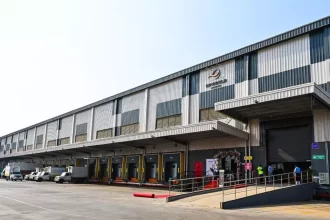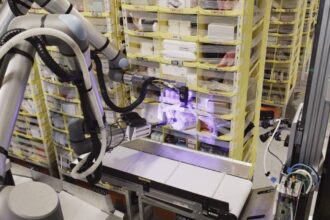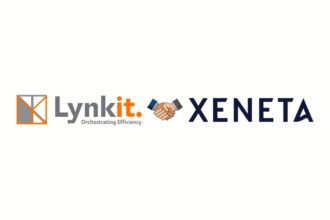Schneider Electric, a global leader in energy management and automation, has embarked on an ambitious journey to overhaul its supply chain design. This transformation focuses on integrating sustainability with cutting-edge technology to boost efficiency and resilience across its operations. The company’s strategy provides valuable insights into how businesses can modernize their supply chains to address both current and future challenges.
At the heart of Schneider Electric’s transformation is a shift toward a more sustainable and digital supply chain. The company recognized early on that sustainability isn’t just a regulatory requirement but a competitive edge. By leveraging digital tools like artificial intelligence (AI) and the Internet of Things (IoT), Schneider Electric has made its supply chain more agile, transparent, and capable of delivering products faster and with fewer environmental impacts.
A key part of their strategy was the implementation of a demand-driven supply chain model, which prioritizes responsiveness over traditional forecasting methods. This shift reduces inventory costs while increasing product availability, which is crucial in an era where supply chain disruptions are becoming more common. With the integration of AI, Schneider Electric has been able to make data-driven decisions in real time, improving its overall operational efficiency.
Sustainability is also a major driver in their supply chain redesign. Schneider Electric is committed to ensuring that its supply chain processes are not only efficient but also environmentally responsible. The company’s efforts include optimizing transportation logistics, reducing carbon footprints, and investing in renewable energy for its global facilities. These initiatives align with Schneider Electric’s broader goal of helping businesses reduce their own environmental impact through energy-efficient solutions.
The company has also focused on supply chain visibility, using digital platforms to monitor operations and identify potential bottlenecks before they become problems. Real-time data allows for a more proactive approach to managing risks, improving overall performance. By enhancing visibility across the supply chain, Schneider Electric has been able to streamline operations, reduce waste, and ensure that products are delivered in a timely manner.
In conclusion, Schneider Electric’s supply chain transformation showcases how integrating digital technologies and sustainability practices can create more resilient and efficient supply chains. The company’s efforts to embrace data analytics, automation, and environmental responsibility offer a roadmap for other organizations looking to future-proof their own operations. By staying ahead of digital trends and sustainability goals, Schneider Electric is setting a high standard for supply chain excellence in the 21st century.







